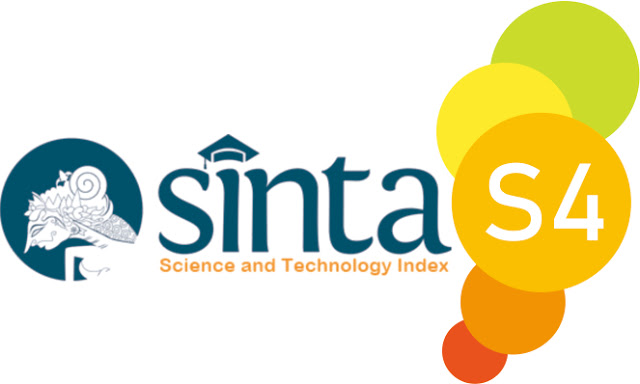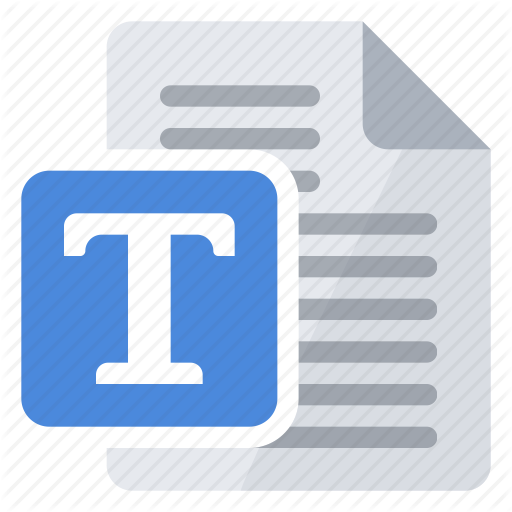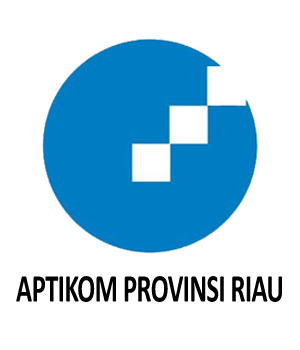ANALISIS PENGGUNAAN FRAMEWORK WEBSITE JDIH KHUSUS PERATURAN KEMENTERIAN REPUBLIK INDONESIA
Abstract
The development of website technology is currently very rapidly developing. In general, the use of websites in government agencies is not new and has become common in government agencies, one of which is in the realm of the ministry. The website is used for various purposes, ranging from information for the public to operational activities. Website about Jaringan Dokumentasi dan Informasi Hukum (JDIH) is a form of implementation of regulations that state that all things about law are public information, so the public must be able to access information related to legal products from the ministry. For this reason, we are trying to identify the framework of each Ministry’s JDIH website using Wappalyzer to analyze how the website distributes its legal products in terms of appearance and features. From this analysis, there is no standardization used on the Ministry's JDIH website.
Downloads
References
[2] Pemerintah Indonesia, Undang-Undang No 14 Tahun 2008 Tentang Keterbukaan Informasi Publik. Indonesia, 2008.
[3] Pemerintah Indonesia, Peraturan Presiden No 33 Tahun 2012 Tentang Jaringan Dokumentasi Dan Informasi Hukum Nasional. Indonesia, 2012.
[4] N. A. Rakhmawati, S. Harits, D. Hermansyah, and M. A. Furqon, “A Survey of Web Technologies Used in Indonesia Local Governments,” Sisfo, 2018, doi: 10.24089/j.sisfo.2018.05.003.
[5] Pemerintah Indonesia, Instruksi Presiden No 3 Tahun 2003 Tentang Kebijakan Dan Strategi Nasional Pengembangan E-Goverment. Indonesia, 2003.
[6] D. H. Curie, J. Jaison, J. Yadav, and J. R. Fiona, “Analysis on Web Frameworks,” in Journal of Physics: Conference Series, 2019, vol. 1362, no. 1, p. 12114.
[7] C. L. Mariano, “Benchmarking javascript frameworks,” 2017.
[8] P. Japikse, K. Grossnicklaus, and B. Dewey, Building Web Applications with Visual Studio 2017: Using. NET Core and Modern JavaScript Frameworks. Apress, 2017.
[9] M. N. El Ghiffary, T. D. Susanto, and A. H. Prabowo, “Analisis Komponen Desain Layout, Warna, dan Kontrol pada Antarmuka Pengguna Aplikasi Mobile Berdasarkan Kemudahan Penggunaan (Studi Kasus: Aplikasi Olride),” J. Tek. ITS, vol. 7, no. 1, pp. A143--A148, 2018.
[10] B. Sidik, “Pemrograman Web dengan PHP, Informatika,” Pemrograman Web, 2012.
[11] H. He, L. Chen, and W. Guo, “Research on Web Application Vulnerability Scanning System based on Fingerprint Feature,” 2017, doi: 10.2991/mecae-17.2017.27.
[12] Y. N. Rahman, R. M. Hadi, M. Nabilah, M. H. Waskito, and N. A. Rakhmawati, “Data Penggunaan Framework Pada Website JDIH Kementerian Indonesia,” Mar. 2020, doi: 10.5281/ZENODO.3700713.
[13] W3Techs, “Market share yearly trends for JavaScript libraries,” w3techs.com. 2011, Accessed: Feb. 28, 2020. [Online]. Available: https://w3techs.com/technologies/history_overview/Javascript_library/ms/y.
[14] M. A. Ganiardi, I. Salamah, and R. D. Kusumanto, “JQUERY SEBAGAI KOMPONEN USABILITAS ANTARMUKA APLIKASI WEB,” J. Poli-Teknologi, vol. 14, no. 2, 2015.
[15] J. Chaffer, Learning JQuery 1.3: Better Interaction and Web Development with Simple JavaScript Techniques. Packt Publishing Ltd, 2009.
[16] M. R. Adhiasta and S. T. Muhammad Kusban, “Perancangan Informasi Batik Solo Berbasis Bootstrap.” Universitas Muhammadiyah Surakarta, 2016.
[17] R. Irawan, “Implementasi Framework Codeignter Untuk Pengembangan Website Pada Dinas Perkebunan Provinsi Kalimantan Tengah,” J. Saintekom, vol. 7, no. 1, pp. 67–80, 2017
This is an open-access article distributed under the terms of the Creative Commons Attribution-ShareAlike 4.0 International License which permits unrestricted use, distribution, and reproduction in any medium. Users are allowed to read, download, copy, distribute, search, or link to full-text articles in this journal without asking by giving appropriate credit, provide a link to the license, and indicate if changes were made. All of the remix, transform, or build upon the material must distribute the contributions under the same license as the original.















